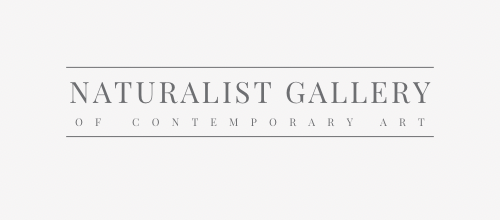Many artists wonder if there's a go-to formula or strategy for pricing artwork. Put simply:
How to price your artwork?
Price your artwork based on research of comparable artwork, give yourself a living wage, be consistent with your prices, separate feelings from facts, have work at multiple price points, be transparent with your prices and stand confidently by your prices.
Seven Rules for Pricing Your Artwork:
Pricing your artwork can be a challenging task for artists. It's a delicate balance between valuing your work and making sales. To help you navigate this process, here are seven rules to follow when pricing your artwork.
-
Do your research on comparable artwork: Start by researching artists who have similar work to yours. Look at their pricing and see if there are any patterns. Consider factors like style, medium, experience level, and geographical location. This research will give you a better idea of what you can and should be charging for your artwork.
-
Give yourself a living wage: Take into account the cost of materials, equipment, and studio space. Factor in a reasonable hourly wage for the time you spend creating your art. Consider the average hourly wage for artists in your area as a reference point. While this method may not be foolproof, it provides a good starting point for gauging the worth of your work.
-
Be consistent with your prices: If you work with a gallery, ensure that your prices are generally the same for both your studio and the gallery. Inconsistencies can lead to strained relationships with galleries and potential missed opportunities. However, with the rise of online sales and direct artist-to-buyer transactions, consider adjusting your prices accordingly.
-
Separate feelings from facts: While it's natural to develop strong emotional attachments to your artwork, it's important to separate personal value from pricing. Take a step back and evaluate your work objectively based on its physical attributes and market demand. Consider keeping particularly meaningful pieces for yourself rather than pricing them for sale.
-
Have work at multiple price points: Offer artwork at various price ranges to cater to different buyers. Smaller, more affordable pieces can be attractive to new customers or those with limited budgets. Prints are also a great option for buyers looking to start collecting your art at a lower price point. Having a range of price points increases exposure and can lead to more sales in the long run.
-
Be transparent with your prices: Avoid potential red flags by making your prices readily available and avoiding the need for customers to ask for pricing information. Displaying your prices upfront demonstrates your integrity and allows buyers to make informed decisions. Platforms like Artwork Archive's public portfolio page can help you showcase your work and pricing information to potential buyers.
-
Stand confidently by your prices: When faced with inquiries about your pricing, be prepared to justify your prices with evidence. Show potential buyers your track record of selling similar artwork at similar prices. Provenance records and testimonials can also help build confidence in your pricing. By presenting your pricing as methodical and fact-based, you can instill trust and increase the likelihood of making sales.
By following these seven rules, you can approach pricing your artwork with more confidence and ensure that you're valuing your work appropriately while also attracting buyers who appreciate your art. Remember, pricing is an ongoing process that may require adjustments over time as your career progresses and market conditions change.
Applying to Naturalist Gallery can be particularly beneficial for artists selling very low to very high priced works. Visit our about page to learn more.

